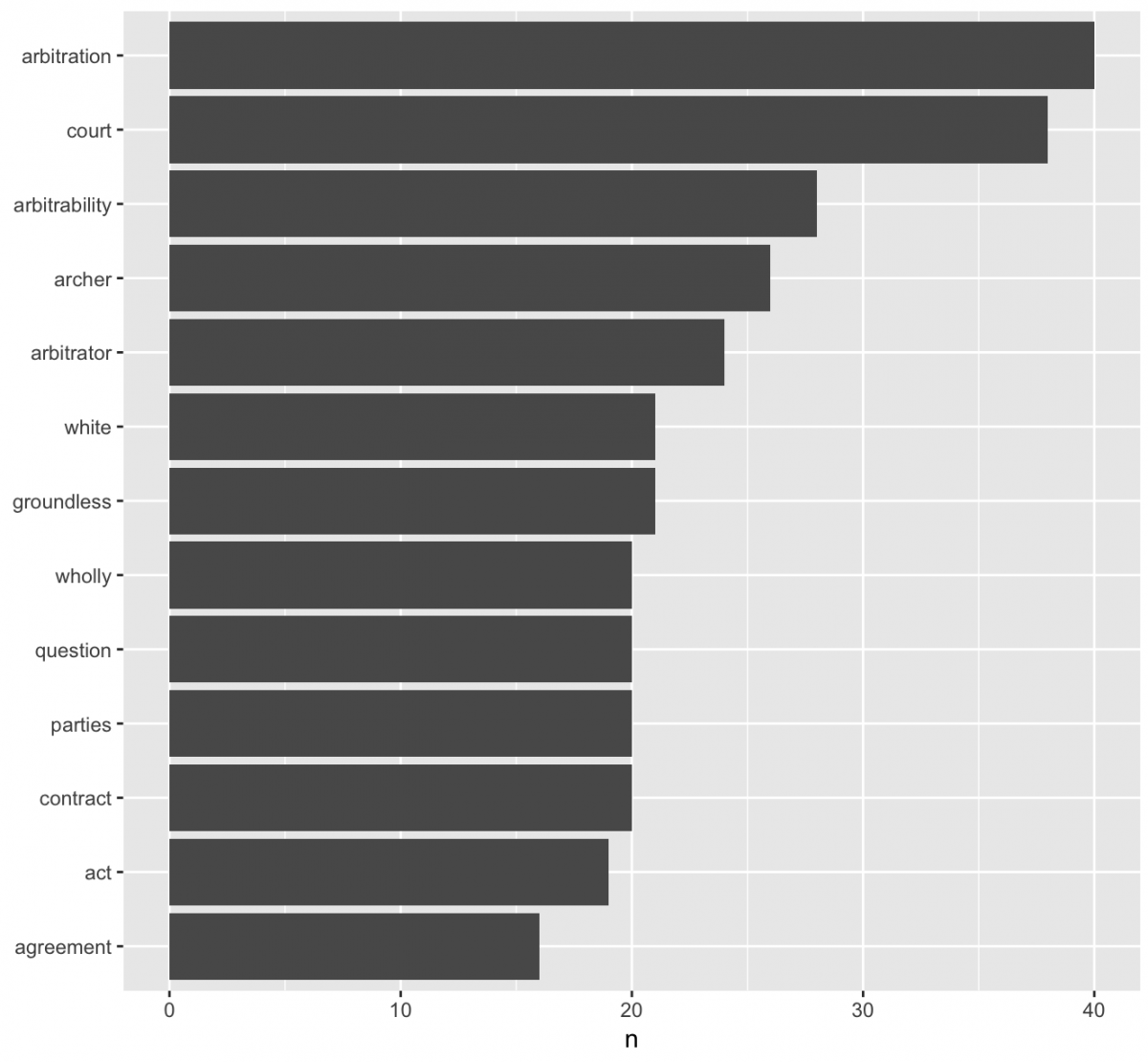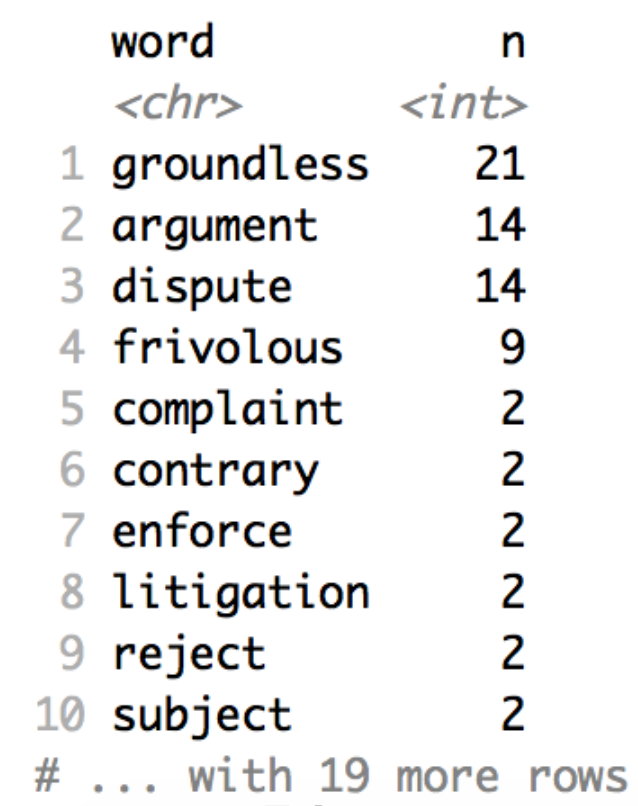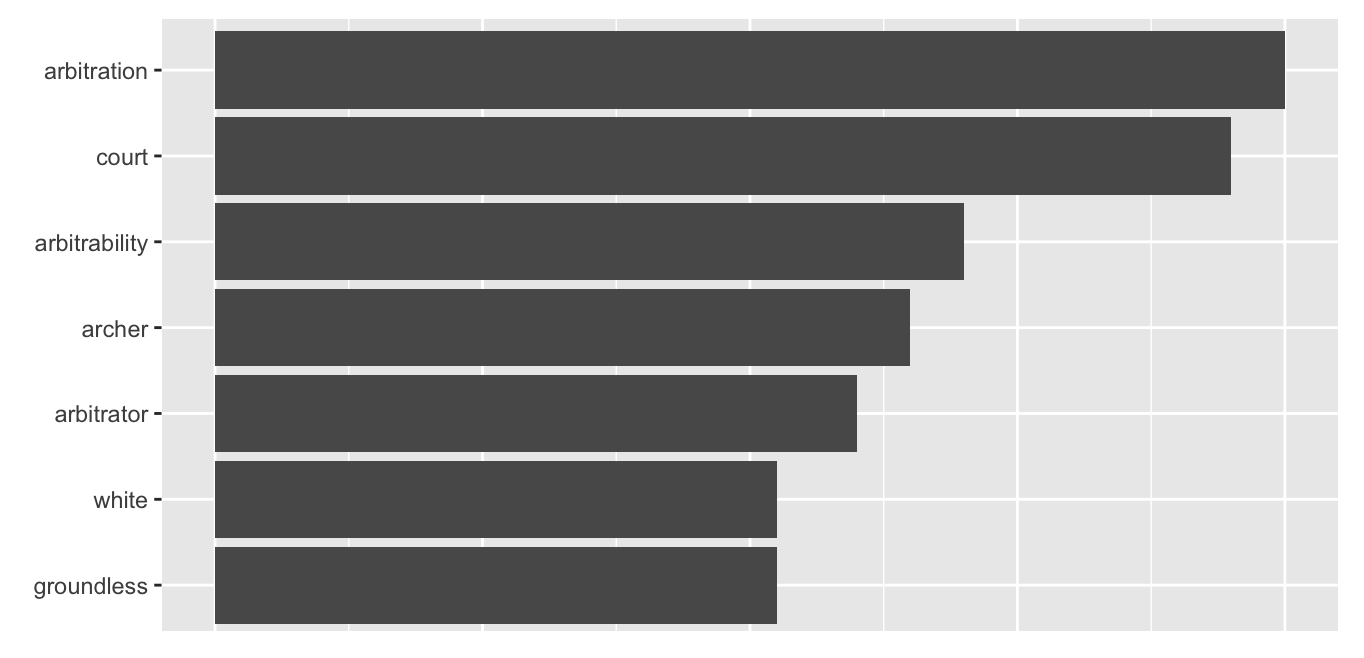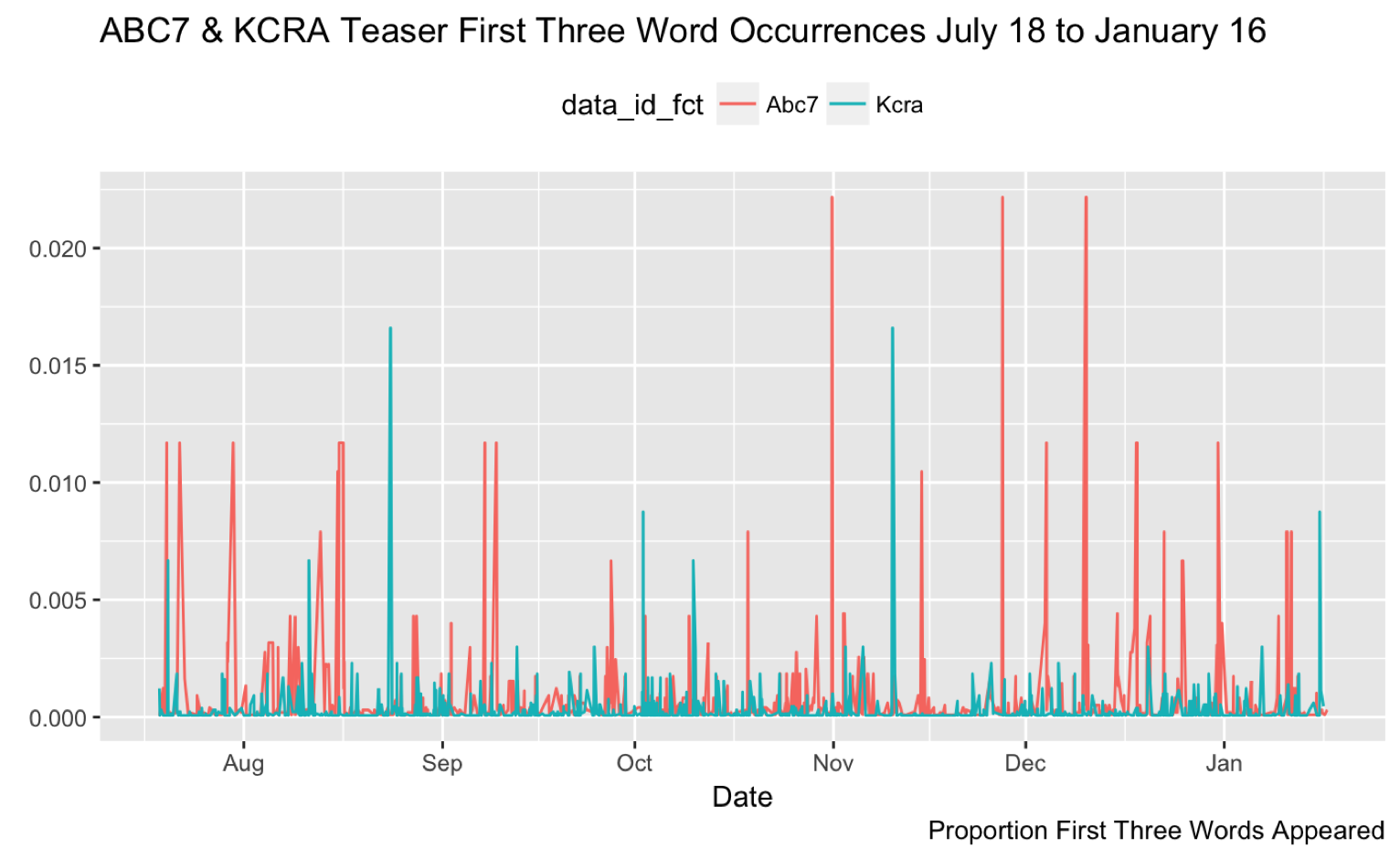Bringing textual analysis tools to Judge Brett Kavanaugh’s latest opinion
Supreme Court Justice Brett Kavanaugh was the subject of extensive news coverage during his confirmation hearings, with Christine Blasey Ford’s sexual assault allegations hanging heavy over the process. Now formally positioned on the nation’s highest court, Justice Kavanaugh wrote his first opinion on January 8. There was decidedly less controversy.
New justices are usually given softball cases to handle on their first assignment, and this one fit the bill. With a unanimous ruling behind him, Kavanaugh wrote an eight-page ruling on a relatively narrow arbitration case concerning a medical supply company, with the main debate hinging on whether this specific concern should be handled by arbitrators or the courts.
Kavanaugh wrote that arbitrators should handle the issue and the case was sent back down to the 5th Circuit Court of Appeals. Pretty dry stuff, we know. But are there any significant takeaways to be had from Kavanaugh’s opinion?
USA Today thought that his opinion “showcased Kavanaugh’s predilection for following the text of statutes and the precedents of the Supreme Court.” And SCOTUSblog wrote that the text was “succinct and methodical.” The National Law Journal said that Kavanaugh’s opinion “was… written in straightforward prose, and he began the opinion with a brief summary of the case and its outcome, which not all justices do.”
Let’s get a little more quantitative. We here at Storybench love to break out text analysis any time we can, so we dumped Kavanaugh’s decision into R and ran some code to see if there was anything interesting worth pulling out. While USATODAY flagged Kavanaugh’s repeated use of “arbitrability” in this latest opinion as curious, we’d like to get a little closer to Ash and Chen’s analysis of his history of dissent along partisan lines.
Just doing a simple word count using the “tidytext” R package, the content matter of the opinion comes through pretty clear:

For any arbitration enthusiasts out there, this is the case for you. “Arbitration” was used 40 times by Kavanaugh, and “arbitrability” (which refers to whether or not an arbitrator has the authority to address a matter) clocked in at 28.
Now let’s take a quick peek at sentiment. If we run Kavanaugh’s opinion through the “bing” sentiment dictionary, which filters words into either positive or negative buckets, we find that the overall sentiment was more negative than positive.
| negative | 79 |
| positive | |
| sentiment | -58 |
Not surprising, given that Kavanaugh and the rest of the judges rejected the plaintiff’s claim. Just for fun, let’s see which negative words were used the most.

Just from this list alone, you get a pretty good sense that this was an easy case for the court to decide. “Groundless” leads the way and “frivolous” makes nine appearances. Journalists reporting on this opinion would do well to use some simple tools like R. Databasic.io, which we reviewed here, is a good start for counting words and comparing texts, too.





